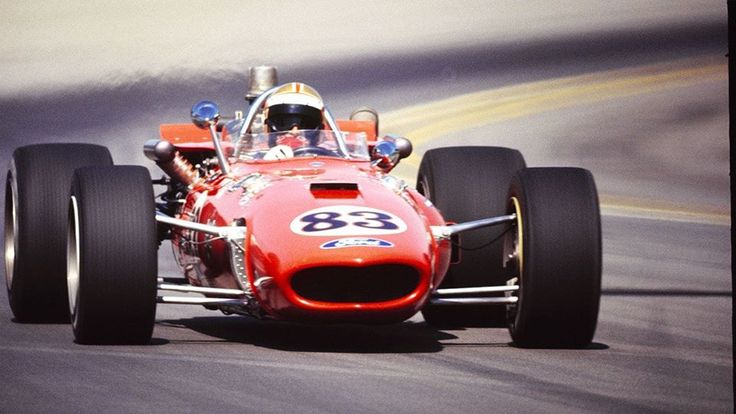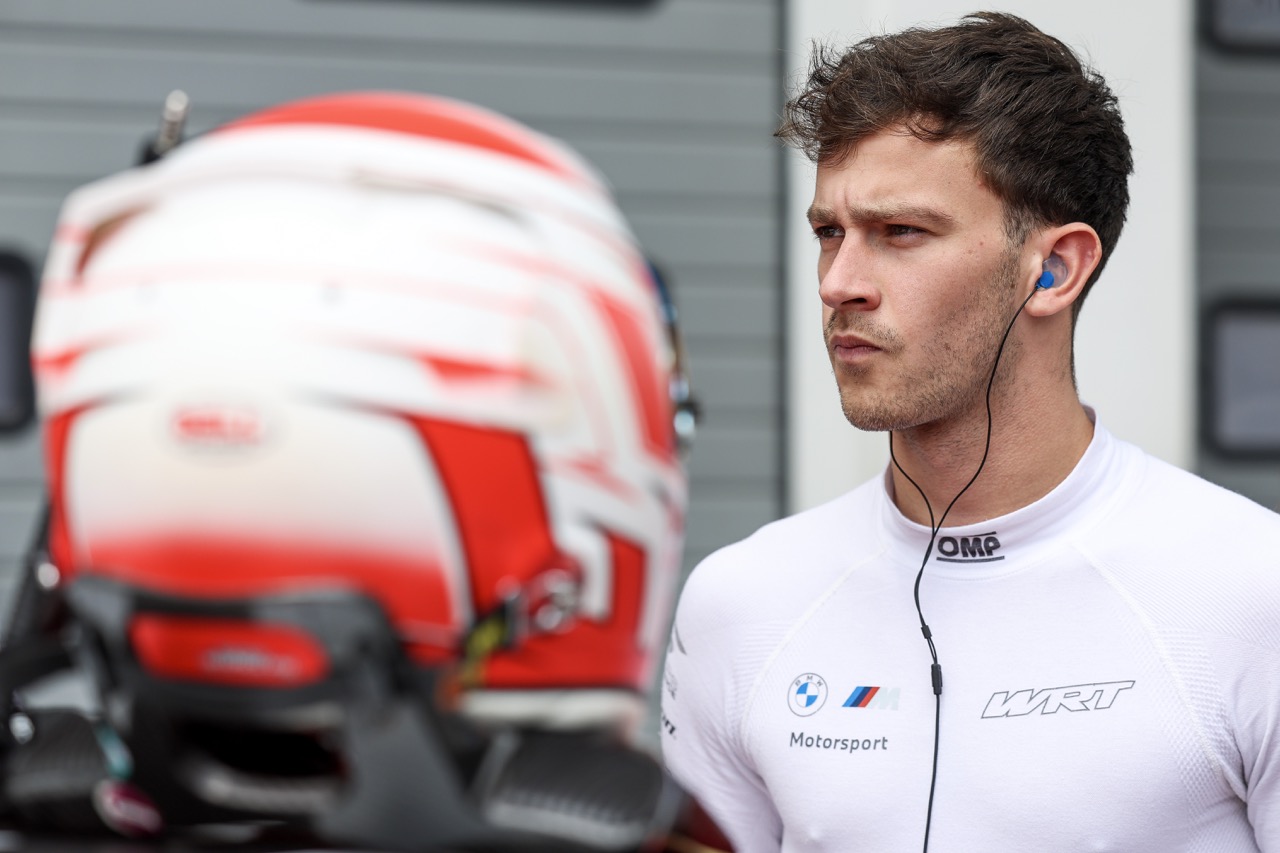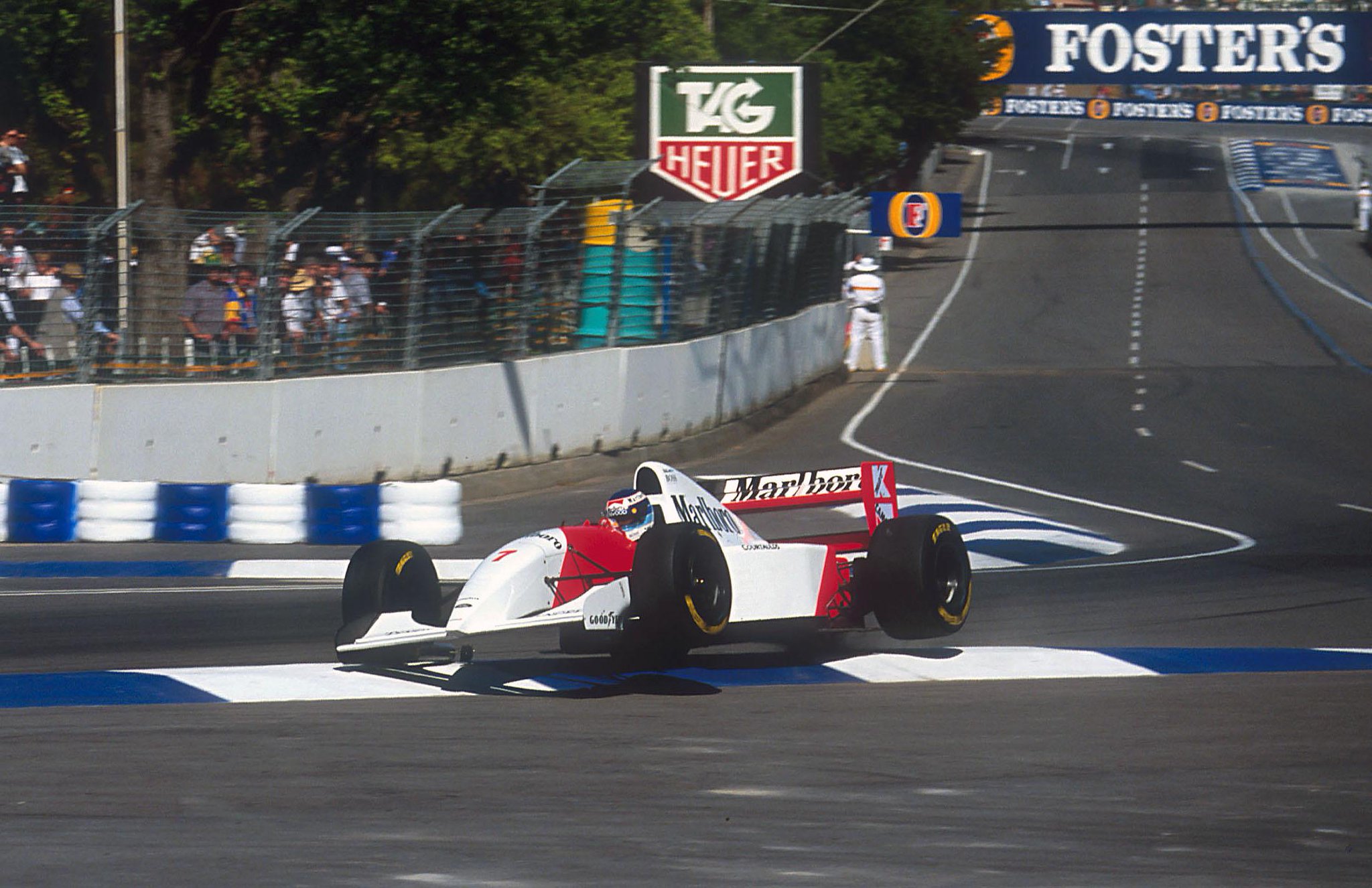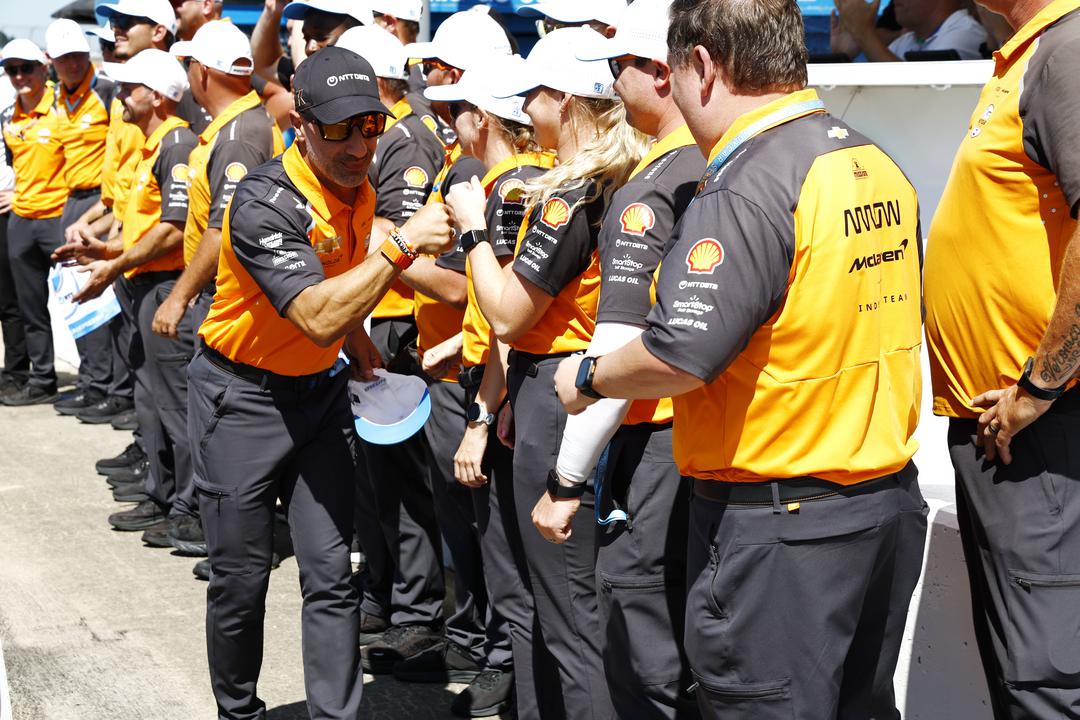NASCAR superstar Kyle Larson will once again attempt to do the “Double” at the Indianapolis 500 and the Coca-Cola 600 this Sunday, but decades before crossover drives made headlines, Donnie Allison etched his name into racing history by taking on both races in the same week, twice, and conquering both.
Allison was a pioneer long before John Andretti, Robby Gordon, Tony Stewart, or Kurt Busch tried the modern version of the Double.
In the 1960s and ’70s, stock car drivers weren’t welcome guests at the Brickyard. They were seen as interlopers, out of their element, and rarely competitive. But Allison shattered that stereotype…twice.
Allison’s opportunity at Indianapolis came through a close friendship with A.J. Foyt, one of the greatest names in racing. Foyt had seen something special in Allison in their heated stock car battles.
Allison was smooth, and Foyt believed he was an adaptable driver who could transition seamlessly between stock cars and open-wheel cars. Foyt never let Allison know, though.
“I used to ask Foyt when he was going to let me drive one of his Indy cars,” Donnie Allison said. “He always told me I couldn’t drive an Indy car, I was nothing but a taxi driver.”
Donnie Allison finally got a test in Phoenix, and Allison didn’t disappoint anyone except Foyt, but only slightly. Foyt had bet the Goodyear mechanics that Allison wouldn’t run a lap under 30 seconds. Allison broke that mark on his third lap. Foyt left Phoenix with a new prospect for Indy and a $500 lighter wallet.
After that test, the Indy car star invited Allison to Houston to begin preparation on one of his Eagles with Foyt’s father.
In May of 1970, the 2024 NASCAR Hall of Fame inductee proved he was far more than a taxi driver. Just six days before making his Indianapolis 500 debut, Allison won the World 600 at Charlotte Motor Speedway.
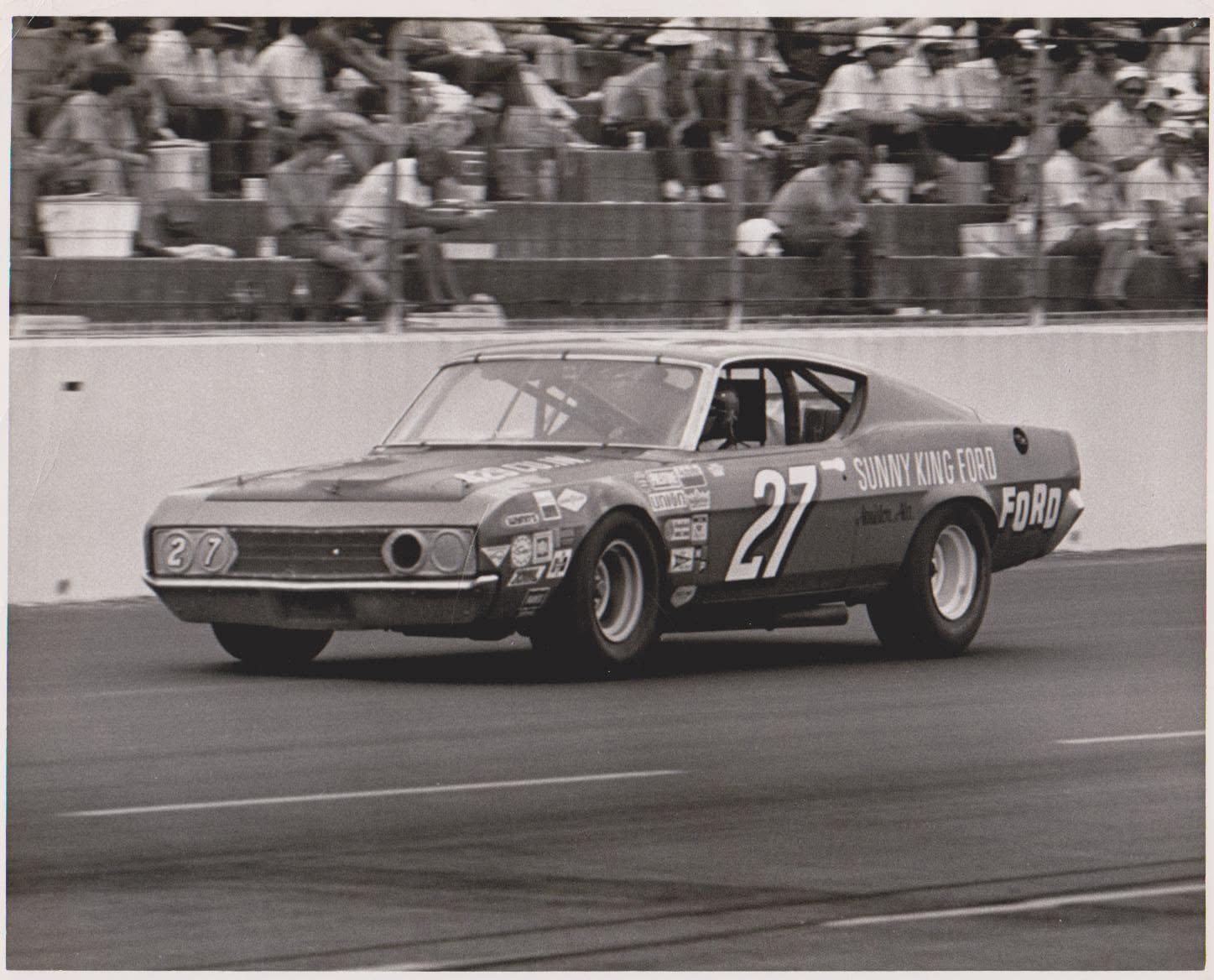
At Indianapolis, behind the wheel of Foyt’s No. 83 Greer Eagle 67-Ford, he proved he was just at home at the Brickyard in an open-wheel car as he was at in a stock car at Daytona.
Donnie Allison spent the day wheel-to-wheel with the stars of Indy car: Al Unser, Lloyd Ruby, Mario Andretti, Dan Gurney, Mark Donohue, and Formula One World Champions Jack Brabham and Denny Hulme.
When the checkered flag fell after 500 miles, Allison had finished fourth, the best-ever result at Indy by a full-time NASCAR driver.
His performance earned him Rookie of the Year honors and set a record for the best rookie finish, which stood for 23 years until Formula One and IndyCar champion Nigel Mansell finished third in his Indy debut.
Allison’s finish confirmed Foyt’s belief that the Hueytown, Alabama driver could do the job.
“Donnie was a good race driver, and he did a good job for us here at Indy,” Foyt said. “Actually, he had a pretty restricted driver’s test, and he did a good job there. I watched him run stock cars before, and I felt like he’d do the job. He was a smooth driver.”
Allison’s performances at Indy also earned him the respect of AJ Watson, the brilliant car builder whose cars won the Indy 500 six times between 1949 and 1984.
“AJ Watson came over, shook my hand, and said, ‘You’re the only stock car driver I’ve ever seen who can drive one of these cars.’ That was a compliment I’ll never forget,” Allison recalled.
A member of the “Alabama Gang,” Allison first developed his driving skills in his native South Florida before moving to Hueytown and perfecting his craft on the rough and tumble short tracks of Alabama, including Dixie Speedway in Midfield and BIR in Birmingham.
Those fierce battles with brother Bobby and family friend Red Farmer on those small bullrings would prepare Allison for Daytona, Martinsville, Bristol, and even Indianapolis.
Allison’s adaptability between stock cars and open-wheel cars set him apart. He wasn’t just a stock car driver; he was a racer. “I just wanted to race,” Allison said. “I didn’t care what kind of car it was. I just wanted to race.”
Allison didn’t have a problem transitioning from the 3,300-pound 500-horsepower Indy car to the 1,400-pound 650-horsepower Indy car.
“It really wasn’t too hard because the Indy cars had a lot of power, and you felt that power,” he said. “You didn’t really feel the power in a stock car as much as you did in the Indy car. You had to keep the boost in the turbo all the time, and you did that by using the gas and the brake together.
“When I ran Indy, you had to drive the car. You had to use the pedals — the gas, the brake, what have you. Now, the difference is aerodynamically they’re stuck to the ground so good, the guys hold them wide open.”
The logistics of doing both races were more challenge then than they are today. “It’s a lot different now than it was then,” Allison said. “Back then, I was flying back and forth between Indy and other races, running Talladega, qualifying at Indy, then racing at Charlotte, and back to Indy — all in a twin-engine Beechcraft. It wasn’t a jet. I spent more time in the air than in a race car.”
Allison returned to Indianapolis a year later, in the No. 84 Purolator Filters Coyote-Ford V8 for Foyt. He turned in a strong sixth-place finish in the 500, then flew to Charlotte and finished second in the World 600, less than 24 hours after the 500.
No NASCAR driver has posted a better combined performance than Allison’s 3.25 average finish in his two Doubles.
Allison raced an Indy car at Milwaukee, Pocono, and Ontario for Foyt, but his time at the Indy 500 ended in 1971.
He wanted to continue in 1972, but advised Foyt to focus on a single car if he wanted to win Indy four times. Foyt’s multi-car approach had spread the team thin the previous two years.
Allison even offered to give up his stock car career to lead the primary Indy team for Foyt, but the opportunity never materialized.
Allison stayed a NASCAR driver and put together a Hall of Fame career. He recorded ten Cup Series wins, 115 top-tens, and 18 poles and played a part in some of NASCAR’s most iconic moments, such as the infamous 1979 Daytona 500 clash with Cale Yarborough, which helped launch NASCAR into the national spotlight.
Not many drivers competed with and got the best of the legends of Indy car and NASCAR, like Allison did. Not many drivers can say they raced against Foyt, Andretti, the Unsers, Johnny Rutherford, Gordon Johncock, Richard Petty, Ned Jarrett, David Pearson, Dale Waltrip, and Dale Earnhardt, to name a few.
Perhaps most impressively, Donnie Allison’s star at Indy shone brighter than his brother’s. Bobby, the 1983 NASCAR champion and Hall of Famer, made two Indy 500 starts but never finished higher than 25th. At the Brickyard, it was the younger Allison who stood tallest.
When the green flag waves at Indy Sunday, Allison will be keeping a close eye on Larson.
“I told them [Chip Ganassi] from the start that they made a mistake letting Larson go. That’s the best driver out there,” Allison said. “He wants to race. That’s all he thinks about. But an Indy car will bite you. A stock car gives you a little room for error. Not an Indy car.”
Allison didn’t just do the Double, he excelled in it, nearly winning one and stunning the racing world in the other.
As the 109th running of the Indianapolis 500 nears, and Larson takes on his version of the Double, Allison’s story remains a reminder of an era when racers raced anything, anywhere, and became legends one lap at a time.

